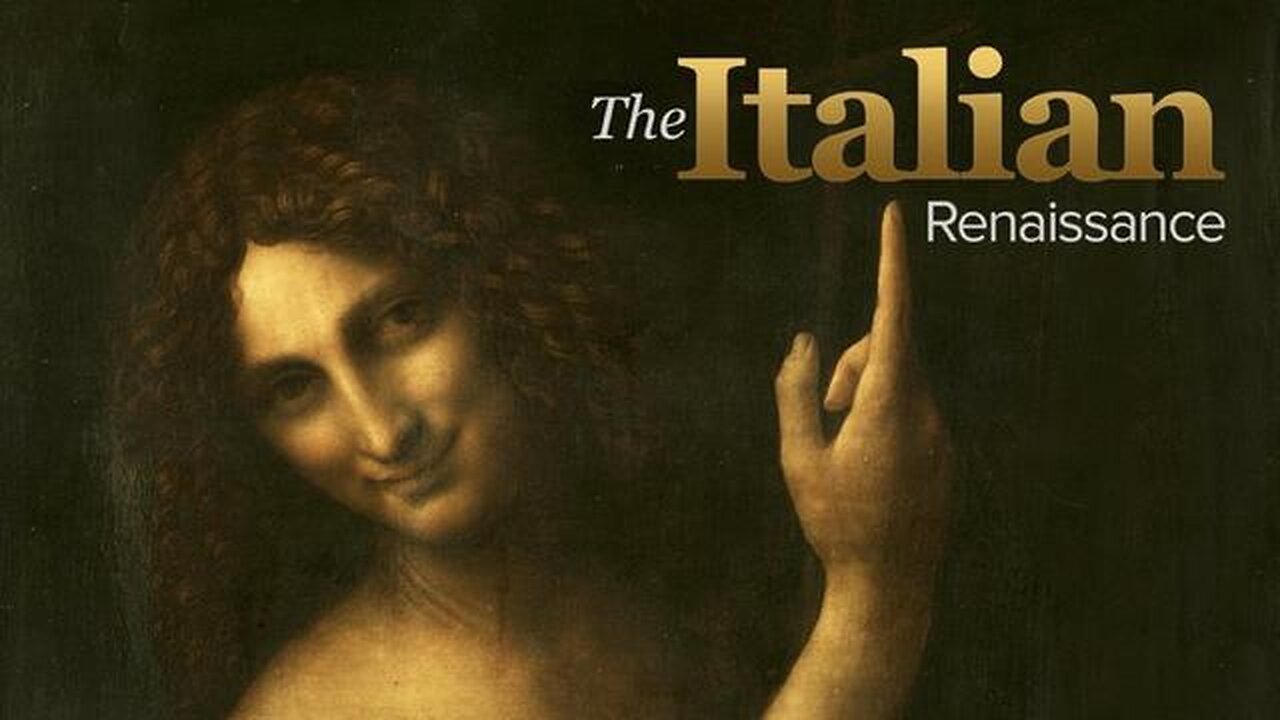Premium Only Content

The Italian Renaissance | The Sack of Rome, 1527 (Lecture 29)
Lecture 29: The struggle between the French and the Spanish-Imperial Habsburgs for domination of the continent often took place in Italy, where both crowns had competing dynastic claims. Led by a French traitor, the Constable of Bourbon, an imperial army, unpaid, undisciplined, hungry, and including many zealous German Protestant soldiers, arrived at the gates of Rome.
On May 6, 1527, the walls were breached and the city was stormed by this savage army, left leaderless by the death of Bourbon in the first assault. His army then proceeded to spend the next almost eight months ravishing the city, murdering and torturing its inhabitants. The Medici pope, Clement VII, had taken refuge in Castel Sant’Angelo but was able to watch the destruction. Churches and private homes were despoiled, wealthy citizens were held for ransom, nuns were raped and murdered, and even the tombs of popes and bishops were opened in search of valuables. The last months of the sack saw the use of whatever was made of wood as fuel to keep warm. Those who could escape did, although many were killed by starving peasants outside the walls or captured by thugs for ransom. About 50,000 inhabitants either fled or were killed through the savagery, making this sack more brutal than even the barbarian incursions at the end of the Roman Empire. Rotting bodies, along with lack of sanitation, food, and clean water, then gave rise to disease that devastated the few left behind. The result was that the pope was, in effect, the creature of the emperor, and the Humanist belief in the dignity of man was seriously tarnished.
Primary Source Texts:
Benvenuto Cellini, The Autobiography of Benvenuto Cellini.
Secondary Sources:
André Chastel, The Sack of Rome, 1527.
Supplementary Reading:
Judith Hook, The Sack of Rome.
Lecture 30: https://rumble.com/v4yormk-the-italian-renaissance-niccol-machiavelli-lecture-30.html
-
 39:23
39:23
The Great Courses
1 month agoDecisive Battles of World History | Recent & Not-So-Decisive Decisive Battles (Lecture 36)
190 -
 18:33
18:33
World2Briggs
5 hours ago $0.05 earnedWhy Did Mississippi Go From Rich To Poor?
986 -
 11:21
11:21
Anthony Rogers
3 hours agoKILLSWITCH ENGAGE interview
51 -
 4:31:00
4:31:00
RalliedLIVE
1 day ago $5.95 earnedBattlefield 6 REVEAL w/ Ral
51.7K5 -
 2:11:14
2:11:14
Redacted News
4 hours agoArrest Hillary Clinton!?! Here we go! | Redacted News Live
163K72 -
 1:18:29
1:18:29
Sarah Westall
3 hours ago“This Conversation Would Land Me in Prison in Ireland” - Its the Global Plan w/ Captain Kieran Kelly
31.5K5 -
 44:45
44:45
The White House
4 hours agoPresident Trump Signs an Executive Order, July 31, 2025
33.9K37 -
 1:00:00
1:00:00
BEK TV
21 hours agoOpen Range
1.19K -
 1:15:42
1:15:42
vivafrei
5 hours agoPelosi Doth Protest Too Much! "Trans" Athlete Plot to Harm Female? Crooked hillary Cooked & MORE
113K34 -
 1:42:17
1:42:17
The Quartering
6 hours agoHillary Clinton FINALLY BUSTED, Nancy Pelosi MELTDOWN, Kamala Harris Admits Defeat & More
145K101